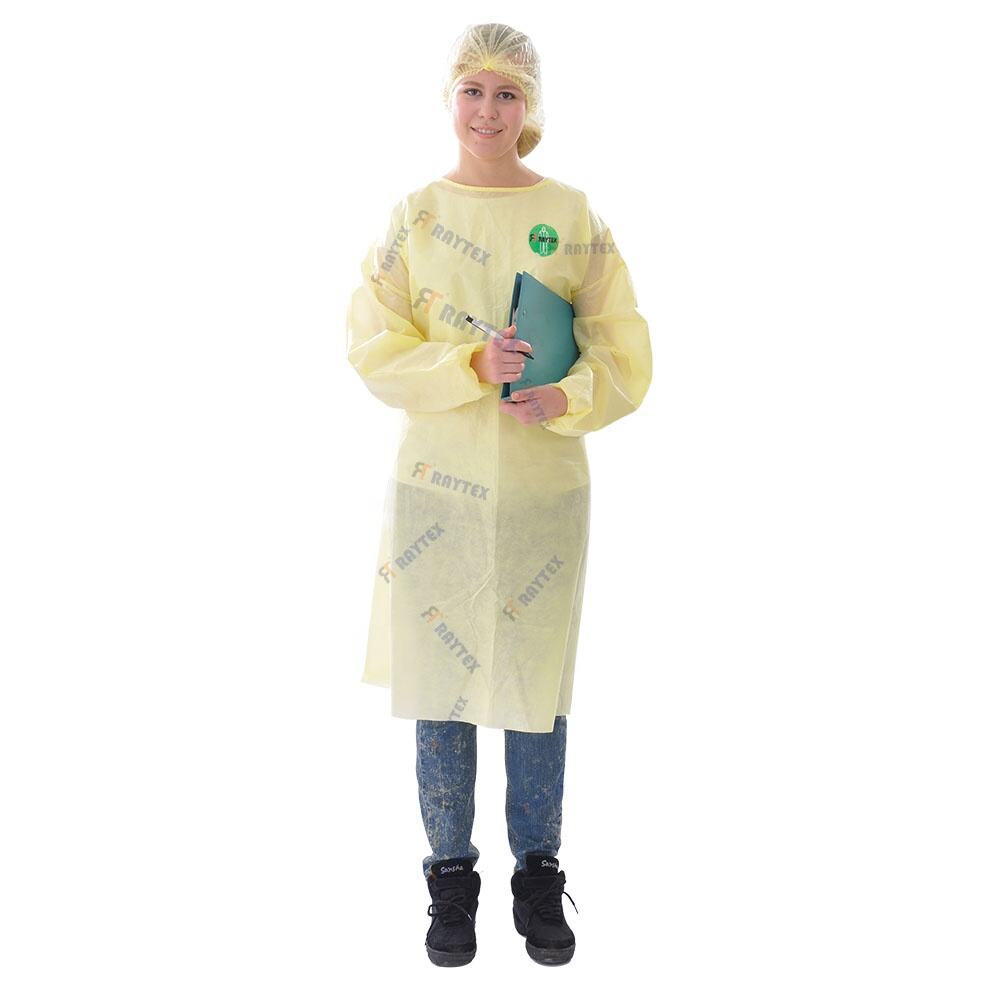Isolation gowns for pharmaceutical related isolation are specialized protective garments designed to prevent cross-contamination in pharmaceutical manufacturing, laboratory, and compounding facilities, where maintaining sterility and product purity is paramount. These gowns create a physical barrier between workers and drug products, as well as between workers and potentially hazardous pharmaceutical ingredients, ensuring compliance with Good Manufacturing Practices (GMP) and regulatory standards. Constructed from high-quality non-woven materials—such as SMS (spunbond-meltblown-spunbond) polypropylene or reinforced polyethylene—they offer a balance of barrier efficiency, durability, and breathability. The multi-layered SMS fabric provides excellent resistance to liquid penetration (critical for handling liquid APIs or cleaning agents) while allowing air circulation to prevent overheating during extended wear in cleanrooms. Design features include full-body coverage, with long sleeves, elastic cuffs, and a back or front closure (often with ties or hook-and-loop fasteners) to ensure a secure fit that minimizes gaps. Many gowns have a high neckline and are knee-length or longer, covering street clothing to prevent particle shedding into the sterile environment. The material is lint-free and low-shedding, tested to ensure it does not release fibers that could contaminate drug products or equipment surfaces. Compliance with stringent standards is mandatory, with gowns meeting FDA requirements for protective apparel (21 CFR 880.6390) and EN 13795 (Surgical clothing and drapes), which specifies performance criteria for barrier properties and sterility. They are often sterile-packaged and gamma-irradiated, suitable for use in aseptic processing areas (ISO 5 and higher cleanrooms). These gowns also protect workers from exposure to potent compounds, such as cytotoxic drugs or allergens, reducing the risk of skin contact or inhalation. Disposable variants eliminate the risk of cross-contamination from laundering, while reusable options are designed for industrial sterilization. By integrating these gowns into PPE protocols, pharmaceutical facilities safeguard product integrity, ensure regulatory compliance, and protect employee health, making them a cornerstone of contamination control strategies.


